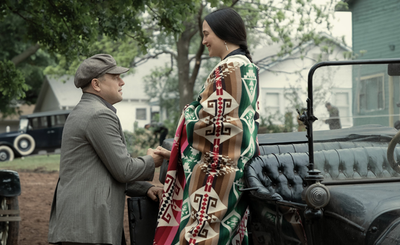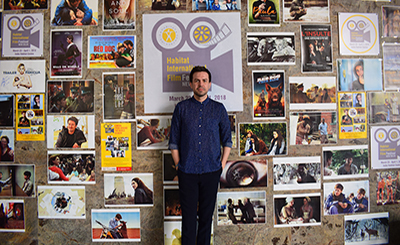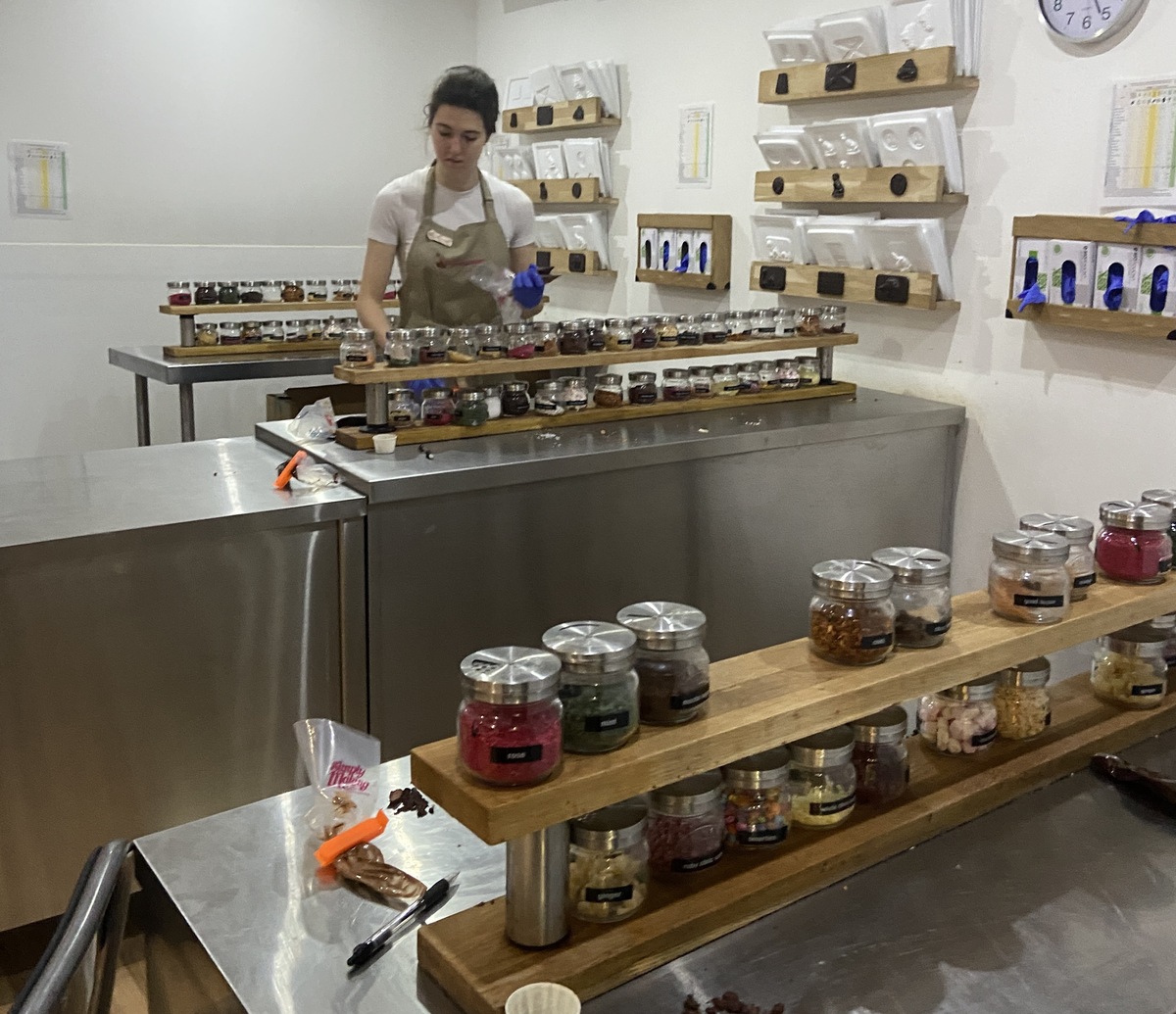
Inside The Chocolatarium in Edinburgh, UK. All photos: Sathya Saran
Making artisanal chocolate is an experience to savour. The bonus: Biting into the bliss — it delights the senses and dazzles the palate — and walking away with your creations. A sweet little story.
We cannot find it, and the rain is not helping at all. Up and down the cobbled roads of the old city of Edinburgh, we traipse along, sticking our piece of paper with the address under the nose of anyone we encounter. Most, tourists themselves, shake their heads. They don’t know the language, forget about an address.
Finally, three wrong turns later, we turn into the right lane. And there it is, a sign saying simply, The Chocolatarium. Once inside, the rain could well be pelting in Alaska, for warmth and light prevails here. I sniff the air, for a scent of chocolate, but not yet… Other latecomers troop in, umbrellas aloft, wearing puzzled faces that relax as they realise they made it on time.
Herded into a small room, we are made privy to an introduction. For a confirmed, die-hard chocoholic, I realize I know precious little about chocolate-making. This, despite coming out choco-stoned on chocolate fumes from the Cadbury factory in Thane, Mumbai, which I visited years ago. Making artisanal chocolate is obviously quite a different matter, where man supersedes the machine throughout the process.
The pretty, fresh-faced guide gives us a spiel about the need for conscious cultivation and purchase of the precious pods. And a presentation about where chocolate is grown, the different kinds, etc., etc. The room we are in is full of chocolate-related artefacts, trees, pods of chocolate, gunny bags, a mock parrot, a stuffed toy monkey and plenty of greenery. All of it has starring roles in the presentation.
We also choose moulds from a selection.
What follows is a selection of other must-know facts:
Chocolate has always been a treasured food. In the days of old, only emperors drank or ate it. Sometimes it was a vital part of sacrifices…one wonders if the victim was given any to ease the way!
Incidentally, chocolate is addictive. (As if we did not know that). Some emperors experienced its power. One of them reportedly quaffed 50 cups of the brew a day. Sadly, there are no photographs of the girth his addiction must have added to his frame.
The drink was taken to Spain by Cortez, an intrepid discoverer who stumbled upon the Aztecs and tasted their ‘Food of the Gods’ in the 1500s, where the elite took to it with alacrity. It soon became a regular part of wedding feasts, and the status of the couple could be determined by the quantity of chocolate drinks on offer. When, as was the norm in those days, Spanish royalty made a political alliance with the French through marriage, the dark brew helped lighten the Spanish princess’ days in the colder clime. Somewhere along the way, the Europeans added sugar to cut the bitterness somewhat.
Ok, the chocolate was still quite dark, bitter, and heady. The Swiss made it what it is today… munchable. Rudolf Lindt invented the conching machine. Then, Nestle discovered a way to turn milk into powder. The next step was to add it to chocolate powder, and create… yes, all those sinful treats. England did that thanks to a man called Joseph Fry.
Toblerone, Hershey’s, Amul, Cadbury and other eating-orgy-inducing brands followed by making chocolate an industry product, adding flavours, nuts and liqueurs. The latest innovation is a pink Ruby Chocolate from Belgium. Incidentally, the Swiss also created white chocolate… as a delectable source of calcium.
I choose a palace, others settle for a square, a fir tree or a coin.
But to get back to chocolate-making. The 20 people who make our group have had a taste of rich chocolate, served in tiny cups. And even as the high it has given me settles down, we move into the Kitchen, to stand in twos, facing tables with rows of bottles on it. The mystery is soon explained, these contain an array of additions one can use to add to the basic chocolate we will be making. The condiments range from dried fruit pieces and nuts to salt, pepper, chilli flakes and rice crispies.
We also choose moulds from a selection. I choose a palace, others settle for a square, a fir tree or a coin. Cones of dark chocolate warm our gloved hands as we carefully fill our moulds. I have decided on salt, chilli, vanilla and orange, and sprinkle them in a mix and match manner onto my four compartments on the mould tray. Neat work! Then the trays are whisked off to be baked. And we get to drink some warm chocolate to gladden our hearts while we wait. And better still, taste from the wide range of tiny samples. I am in a ‘chilli mood’, and bite into a piece of Chilli chocolate …the single bite actually seems likely to take the top of my head off! A piece of orange flecked chocolate finally puts out the fire blazing on my tongue.
The room we are in is full of chocolate-related artefacts, trees, pods of chocolate, gunny bags, a mock parrot, a stuffed toy monkey and plenty of greenery. All of it has starring roles in the presentation.
I also dared the Haggis (hmmm), the ruby chocolate (divine) and the whiskey (so so).
The story does not end here. The shop on our way out beguiles with an amazing array of wares. And like one who will not learn easily, I put my money down for a bar of chilli chocolate which has a warning flame in orange on its cover. A packet of ruby chocolate follows it, and then, proudly carrying my own four pieces of hand-made chocolate that has been packed into a cellophane bag, I step out into the cold. And lo, the sun is out.
Making it a perfect day!
Other facts:
The Chocolatarium is a popular tourist attraction in Edinburgh. It is best to book in advance over their website.
The tour we took costs approximately Rs 2,200. Children get a reduced rate.
Being on time is important or you could miss your slot.
There are tours from 9 am to 6, sometimes later. If no tours are available on your selected day, you can add your name to a waiting list.
Babies on strollers are allowed, small, mobile children are not.
English is the language of the tour. The many props make it easy to understand for people of all languages. Special tour groups can request other language presentations.
There are other tours besides chocolate making. Chocolate and wine pairing, truffle making are popular too.
More from Culture
Comments
*Comments will be moderated




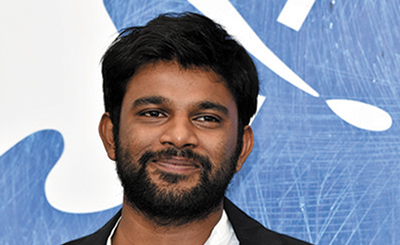
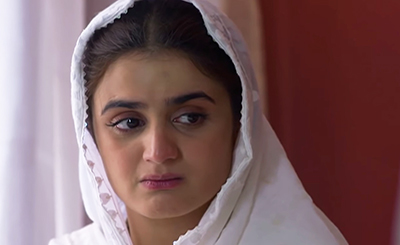
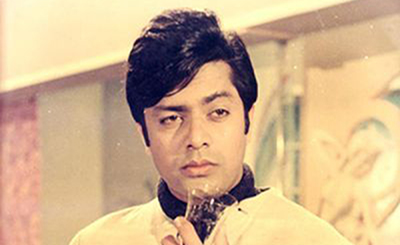
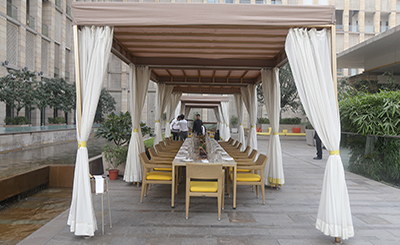
THUMBS.jpg)

